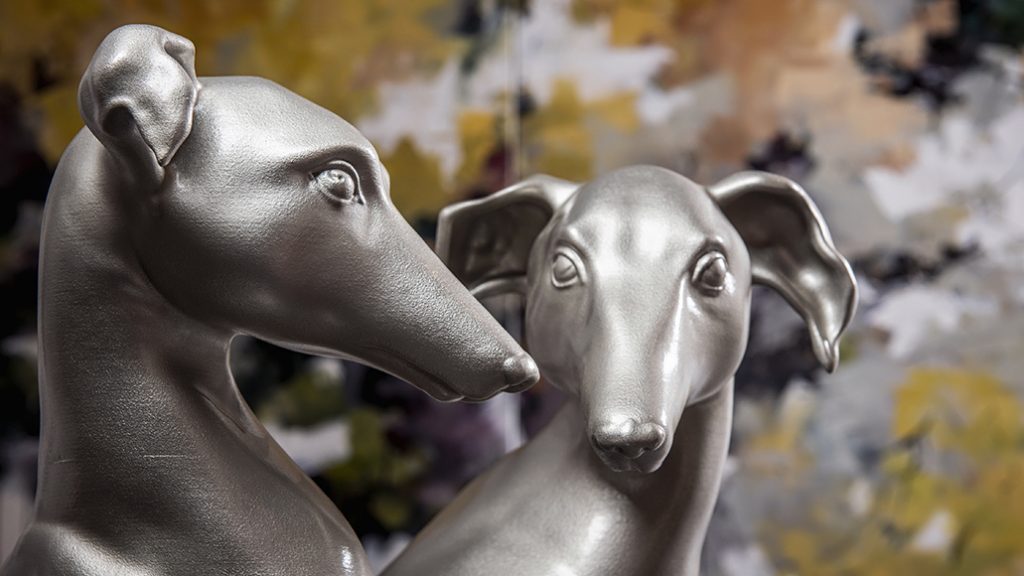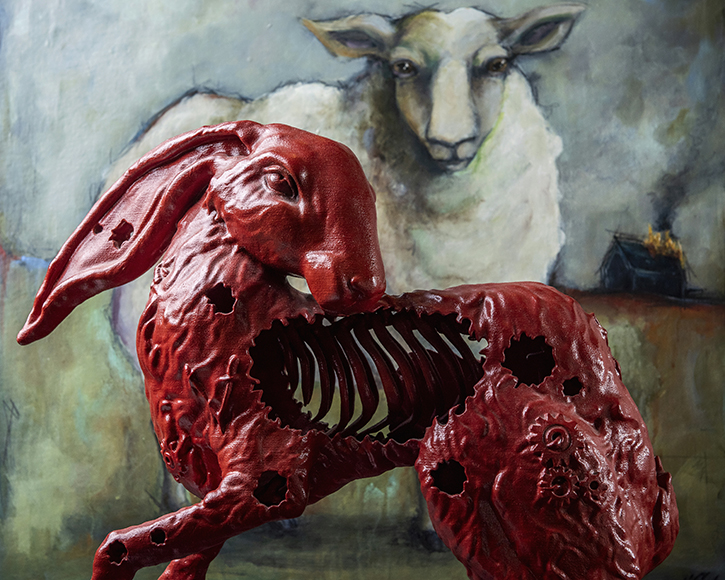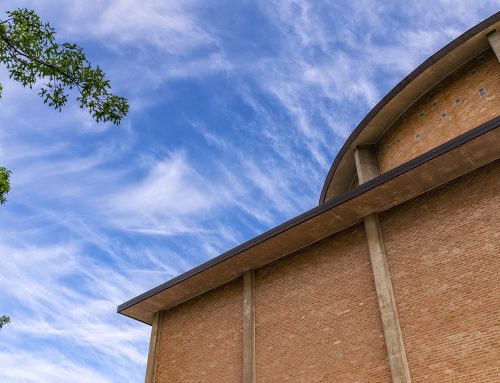
Photo by Danny Fulgencio
When told that she’s to be featured for a story called “Living Beautifully in Preston Hollow,” artist Heather Gorham, a 25-year resident of Midway Hollow, tries to make the case that her house doesn’t qualify as living beautifully in Preston Hollow.
But Gorham’s art, created in her home studio and converted garage, argues otherwise. An artist, digital sculptor and designer, she shows her work in the Craighead Green Gallery on Dragon Street, On Center Gallery in Provincetown, Massachusetts, JRB Gallery in Oklahoma City and Volakis Gallery in Napa Valley.
“I like people to come away with the feeling of right in between laughing and crying, not knowing if it’s really funny or a little sad,” she says. “Occasionally, the images are slightly disturbing. Some of the images might bother people. They might think it’s supposed to make them feel something and they struggle with that a little. I want people to walk away with a feeling. It’s all emotionally based.”
When she isn’t using traditional media from wood and bronze, she’s digitally sculpting custom cranial implants for MedCAD, to be used by surgeons, or creating toys, prototypes and housewares.
She says she was once computer phobic, but the digital cranial work allows her to apply her skills. She works with a CT scan and then mirrors the other half of the brain. “With art, it’s a pretty rare opportunity to help someone,” she says.

Gorham says she knew she wanted to be an artist at a young age. “As a kid, I would spend hours digging in the ground making an army of bizarre, little clay and stick figures,” she says on her website. “Three-legged dogs and winged monkeys, my creations were always a little sad, a little misshapen. My own troop of misfits set in the sun to dry.”
Gorham attended Good Shepherd Episcopal School and graduated from the Arts Magnet High School in 1985. She is a self-taught painter who began showing her work in 1993. In 1995, she added sculpture, studying the art of bronze casting under artists Martin Delabano and David Iles.
Is digital considered art? “I gave the pushback,” she says. “That’s why I didn’t do it for so long. We’ve given talks at the Dallas Museum of Art. People have been so open to it. I’ve yet to receive any pushback as far as what I’ve been doing. It doesn’t just get printed. There’s always handwork in it. I can still see my hand in it. I can still see me in it.”
Gorham explains the 3D process. “I’m trying to humanize it,” she says. “It’s still plastic. The software and program I use, the fact that I can touch it. That’s all the difference, too. I’m not plugging in numbers. I can feel it. It is digital clay. You start with wet digital clay, and you refine it.”
Mentor Martin Delabano says, “Occasionally I have very talented students. The best way I can help them is to stay out of their way. Heather was one of those students. She was an artist who was looking for some technical expertise that she could use to extend her vocabulary of how to best present her wonderful personal images that appear in her work.”
Gorham recently married David Carapetyan after her first husband died. “I honestly feel like this is what I was born to do,” she says. “If I could choose what to do anytime of the day it’s going to be to make art one way or another.”






